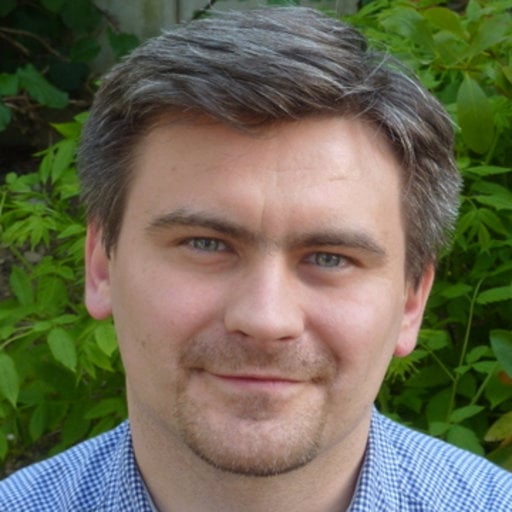To be honest, there were lots of theories and experiments to identify a specific location in the human brain that helps in remembering people's names because all our memories aren't stored in just one part of the brain. Different types are stored across different, interconnected brain regions. We often fail to recall another person's name. Proper names might be more difficult to memorize and retrieve than other pieces of knowledge, such as one's profession because they are processed differently in the brain.
Neuroimaging and neuropsychological studies associate the bilateral anterior temporal lobes in the retrieval of proper names and other person-related knowledge. The anterior temporal lobe (ATL) is thought to be critical for semantic memory – our knowledge of objects, people, words, and facts. However, there is substantial disagreement over the precise role of the ATL in semantic memory, and there is considerable variability in the anatomic findings that link the ATL with semantic processing. The inconsistent findings across studies may be related to the diverse anatomic structures within the ATL and their differential contribution to distinct modalities of semantic information (e.g., visual, auditory, affective). Specifically, recalling a person's name is thought to be supported by the left ATL, whereas recalling specific information such as a person's occupation is suggested to be subserved by the right ATL.
To clarify and further explore the causal relationship between both ATLs and proper name retrieval, a group of researchers from the University of Graz (Austria) stimulated these regions with transcranial direct current stimulation while the participants memorized surnames (e.g., Mr. Baker, Mrs. Carpenter, Sir Fisher, etc.) and professions (e.g., baker, carpenter, fisher) presented with a person’s face. Transcranial direct current stimulation (tDCS) is a form of neuromodulation that uses constant, low direct current delivered via electrodes on the head. It was originally developed to help patients with brain injuries or neuropsychiatric conditions such as major depressive disorder.
The Austrian participants were then later asked to recall the surname and the profession. Left ATL anodal stimulation resulted in higher intrusion errors for surnames than sham, whereas right ATL anodal stimulation resulted in higher overall intrusion errors, both, surnames and professions, compared to cathodal stimulation. Cathodal stimulation of the left and right ATL had no significant effect on surname and profession recall. The results indicate that the left ATL plays a role in recalling proper names.
To simplify, we can formulate that names are stored on the left side in the brain, while faces are recorded on the right side. Names that are not important to you will not be stored there. The key to remembering individual facts is the number of connections to that memory. Multiple connections across time strengthen memories even more.
Reference
Fresnoza, S., Mayer, RM., Schneider, K.S. et al. Modulation of proper name recall by transcranial direct current stimulation of the anterior temporal lobes. Sci Rep 12, 5735 (2022). https://doi.org/10.1038/s41598-022-09781-x

